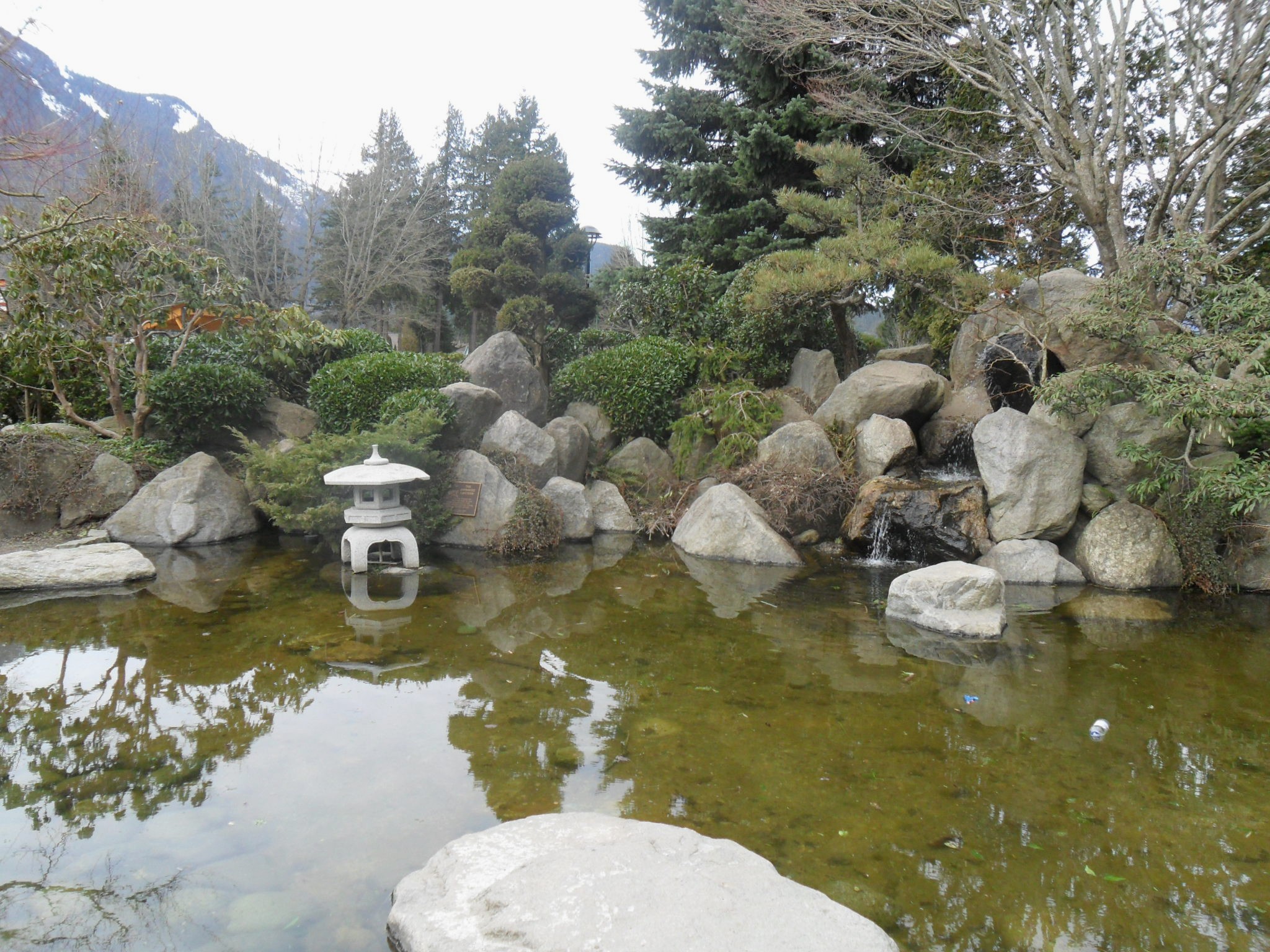|
Peters First Nation
The Peters First Nation or Peters Band ()Galloway, Brent. (2009) Dictionary of Upriver Halkomelemhttps://escholarship.org/content/qt65r158r4/qt65r158r4.pdf/ref> are a First Nations band government of the Sto:lo people in the area of Hope, British Columbia. Historically, the name of the First Nation in English was a transcription of the indigenous Halkomelem name (Skw'átets). This was spelt as "Squatits Band". However, presumably due to the coincidental similarity in pronunciation to the ethnic and sexual slur "Squaw", this name has since been abandoned and is no longer used. The Halkomelem Halkomelem (; in the Upriver dialect, in the Island dialect, and in the Downriver dialect) is a language of various First Nations peoples of the British Columbia Coast. It is spoken in what is now British Columbia, ranging from southeastern ... name Skw'átets literally means 'trickling water in the back'. The band was named after trickling water because trees grew on roots here above g ... [...More Info...] [...Related Items...] OR: [Wikipedia] [Google] [Baidu] |
Band Government
In Canada, an Indian band (), First Nation band () or simply band, is the basic unit of government for those peoples subject to the ''Indian Act'' (i.e. status Indians or First Nations). Bands are typically small groups of people: the largest in the country, the Six Nations of the Grand River First Nation had 22,294 members in September 2005, and many have a membership below 100 people. Each First Nation is typically represented by a band council () chaired by an elected chief, and sometimes also a hereditary chief. As of 2013, there were 614 bands in Canada. Membership in a band is controlled in one of two ways: for most bands, membership is obtained by becoming listed on the Indian Register maintained by the government. As of 2013, there were 253 First Nations which had their own membership criteria, so that not all status Indians are members of a band. Bands can be united into larger regional groupings called tribal councils. A treaty council, or treaty association, has ad ... [...More Info...] [...Related Items...] OR: [Wikipedia] [Google] [Baidu] |
Hope, British Columbia
Hope is a district municipality at the confluence of the Fraser River, Fraser and Coquihalla River, Coquihalla rivers in the province of British Columbia, Canada. Hope is at the eastern end of both the Fraser Valley and the Lower Mainland region, and is at the southern end of the Fraser Canyon. To the east, over the North Cascades, Cascade Mountains, is the British Columbia Interior, Interior region, beginning with the Similkameen Country on the farther side of the Allison Pass in Manning Park. Located east of Vancouver, Hope is at the southern terminus of the British Columbia Highway 5#Coquihalla Highway, Coquihalla Highway and the western terminus of the Crowsnest Highway, locally known as the Hope-Princeton (Highways British Columbia Highway 5, 5 and British Columbia Highway 3, 3, respectively), where they merge with the Trans-Canada Highway (British Columbia Highway 1, Highway 1). Hope is at the eastern terminus of British Columbia Highway 7, Highway 7. As it lies at the eas ... [...More Info...] [...Related Items...] OR: [Wikipedia] [Google] [Baidu] |
Crown–Indigenous Relations And Northern Affairs Canada
Crown''–''Indigenous Relations and Northern Affairs Canada (CIRNAC; )''Crown–Indigenous Relations and Northern Affairs Canada'' is the applied title under the Federal Identity Program; the legal title is Department of Crown''–''Indigenous Relations and Northern Affairs (). is the department of the Government of Canada responsible for Canada's northern lands and territories, and one of two departments with responsibility for policies relating to Indigenous peoples in Canada (the other being the Department of Indigenous Services, or ISC). CIRNAC, along with ISC, were established to replace the Department of Indian Affairs and Northern Development (DIAND). The department is overseen by two cabinet ministers, the Minister of Crown–Indigenous relations (whose portfolio includes treaty rights and land negotiations) and the Minister of Northern Affairs. Its headquarters is in Terrasses de la Chaudière, in downtown Gatineau, Quebec. Nomenclature " First Nation" has ... [...More Info...] [...Related Items...] OR: [Wikipedia] [Google] [Baidu] |
Halkomelem
Halkomelem (; in the Upriver dialect, in the Island dialect, and in the Downriver dialect) is a language of various First Nations peoples of the British Columbia Coast. It is spoken in what is now British Columbia, ranging from southeastern Vancouver Island from the west shore of Saanich Inlet northward beyond Gabriola Island and Nanaimo to Nanoose Bay and including the Lower Mainland from the Fraser River Delta upriver to Harrison Lake and the lower boundary of the Fraser Canyon. In the classification of Salishan languages, Halkomelem is a member of the Central Salish branch. There are four other branches of the family: Tsamosan, Interior Salish, Bella Coola, and Tillamook. Speakers of the Central and Tsamosan languages are often identified in ethnographic literature as "Coast Salish". The word ''Halkomelem'' is an anglicization of the name ''Halq̓eméylem''. The language has three distinct dialect groups: # Hulquminum / Hulʻqʻumiʻnumʻ (Island dialect) or "Cowichan ... [...More Info...] [...Related Items...] OR: [Wikipedia] [Google] [Baidu] |
Squaw
The English word squaw is an ethnic and sexual slur, historically used for Indigenous North American women. Contemporary use of the term, especially by non-Natives, is considered derogatory, misogynist, and racist.King, C. Richard,De/Scribing Squ*w: Indigenous Women and Imperial Idioms in the United States in the ''American Indian Culture and Research Journal'', v27 n2 p1-16 2003. Accessed October 9, 2015 While ''squaw'' (or a close variant) is found in several Eastern and Central Algonquian languages, primarily spoken in the northeastern United States and in eastern and central Canada, these languages only make up a small minority of the Indigenous languages of North America. The word "squaw" is not used among Native American, First Nations, Inuit, or Métis peoples. Even in Algonquian, the words used are not the English-language word. Status The term ''squaw'' is considered offensive by Indigenous peoples in America and Canada due to its use for hundreds of years in ... [...More Info...] [...Related Items...] OR: [Wikipedia] [Google] [Baidu] |

